Luanda, Angola’s capital, lies along the Atlantic Ocean in southwestern Africa. It is the nation’s economic and cultural hub, featuring colonial architecture and a vibrant waterfront. Visitors can explore historical landmarks, lively markets, museums, and scenic beaches. The local currency is the Angolan Kwanza, though some businesses accept international credit cards. Portuguese is the official language, so basic phrases are useful. Luanda offers diverse experiences, making it an exciting destination for first-time travellers.
Location
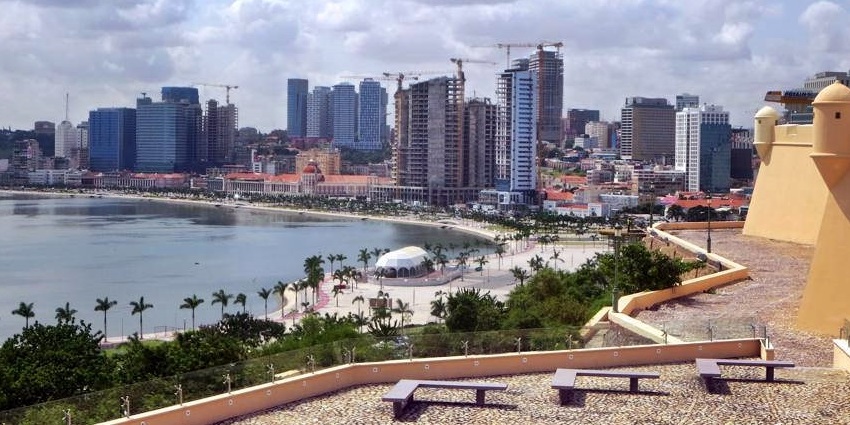
Photo: David Stanley / Wikimedia Commons
The location of Luanda is on the western coast of Angola, bordering the Atlantic Ocean. It is the largest city in the country and serves as its primary port. The city features a mix of modern developments and historical sites reflecting Angola’s colonial past. This city experiences a tropical climate, with distinct wet and dry seasons. The dry season, from May to October, offers cooler temperatures, while the wet season, from November to April, sees increased humidity.
How To Reach
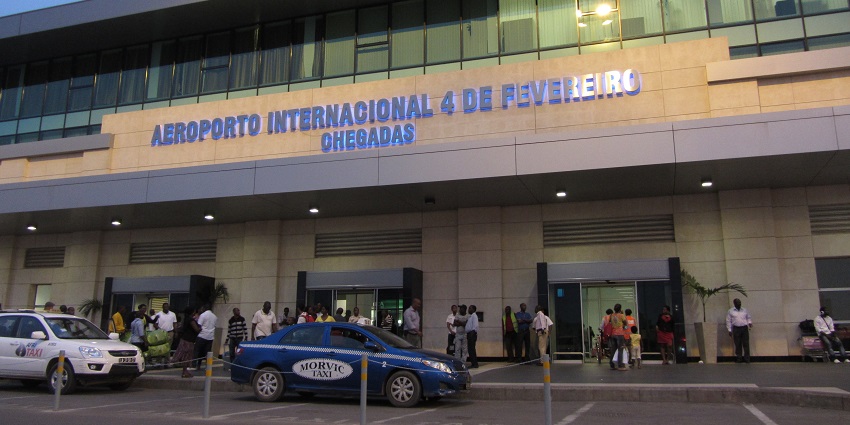
Photo: L.Willms / Wikimedia Commons
There are several ways to travel to Luanda, and here’s how you can plan your journey:
By Bus: Long-distance buses connect Luanda with other major cities in Angola. Domestic bus services operate from regional hubs, offering affordable travel options.
By Train: The railway network in Luanda Angola connects Luanda to other parts of the country. The Luanda Railway links the city to Malanje, passing through key regions.
By Air: Quatro de Fevereiro International Airport serves as Luanda’s main gateway. The airport connects the city to international destinations, including flights from Europe and other African nations.
Best Things To Do In Luanda
Explore the top things to do in Luanda, from cultural landmarks to scenic beaches, offering a perfect blend of adventure and relaxation:
1. Beach Day At Cabo Ledo
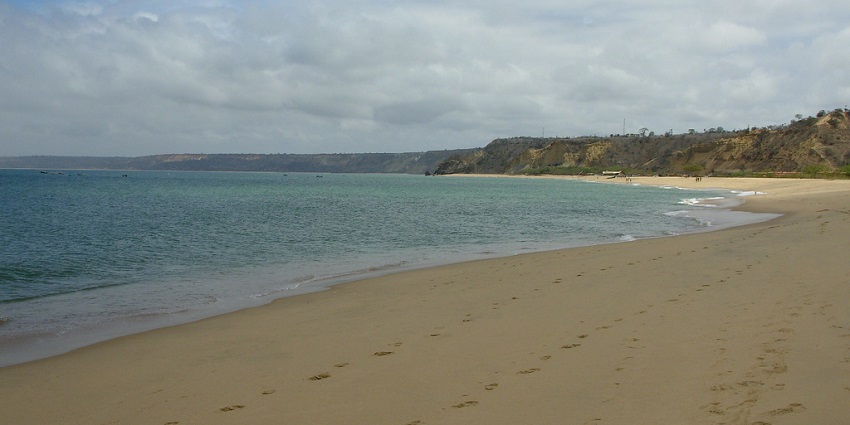
Photo: Felipe Miguel / Wikimedia Commons
Cabo Ledo, located about 120 km south of Luanda, is a well-known coastal destination offering a peaceful retreat. The beach stretches for miles, providing ample space for visitors to relax, sunbathe, and swim. The consistent waves attract surfing enthusiasts, making it a favored location for both beginners and experienced surfers. Several local restaurants serve fresh seafood, giving travellers a chance to taste regional flavors while enjoying ocean views.
2. Norwegian Sky

Photo: Gordon Leggett / Wikimedia Commons / Image For Representation Only
The Norwegian Sky offers a unique way to experience Luanda’s coastline through a well-equipped cruise. Passengers can enjoy modern amenities, including fine dining, live entertainment, and comfortable accommodations. The journey provides a chance to see the city from a different perspective, with the Atlantic stretching as far as the eye can see. Guests can unwind on deck, take part in onboard activities, or simply enjoy the changing seascape.
3. Undaystable Tour Of Angola-Luanda And Safari

Photo: Zacchaeus Rains / Pexels / Image For Representation Only
This guided tour combines history, culture, and wildlife, offering a well-rounded experience of Angola’s capital and its surrounding areas. Visitors can explore Luanda’s colonial landmarks, learning about the country’s past through its architecture and museums. The journey continues to nearby reserves, where guests can observe native wildlife in their natural habitat. This mix of urban exploration and nature viewing allows travellers to experience Angola’s rich heritage and diverse environments in a single trip.
Places To Visit In Luanda
You can explore Luanda’s top attractions, from historic sites to scenic spots, offering a mix of culture, history, and natural beauty:
1. Fortaleza De Sao Miguel
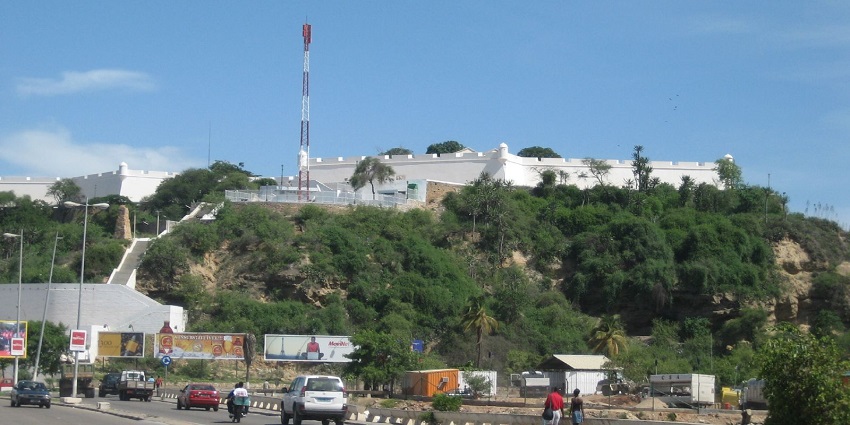
Photo: Erik Cleves Kristensen / Wikimedia Commons
Constructed in the 16th century, Fortaleza de Sao Miguel played a crucial role in Angola’s colonial past, serving as both a defensive structure and administrative center. The fort’s high stone walls and strategic location provided security against external threats. Today, it stands as a preserved historical site, offering visitors a glimpse into military history through well-maintained exhibits. Artefacts, old cannons, and informative displays help narrate the region’s past.
Timings: 9 AM – 5 PM
Entry Fee: ₹500 / 2000 AOA
2. Mausoleum Of Agostinho Neto
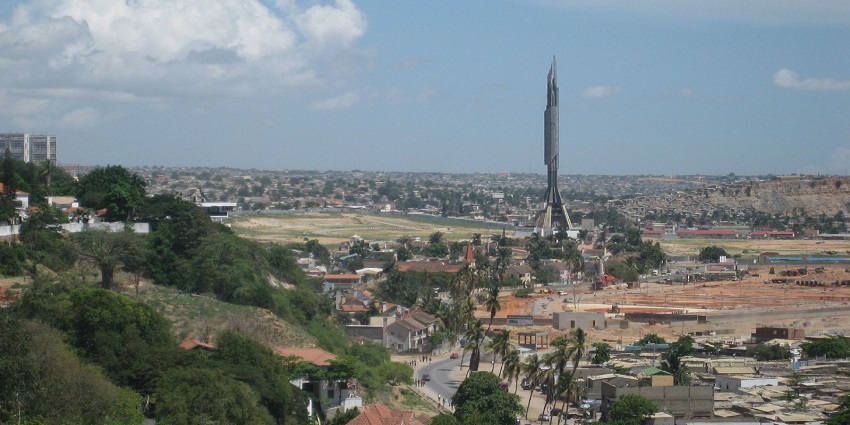
Photo: Erik Cleves Kristensen / Wikimedia Commons
Dedicated to Angola’s first president, the Mausoleum of Agostinho Neto is an important national monument that symbolises sacrifice and unity. Its towering structure, designed with Soviet-era influence, reflects the significance of Neto’s leadership. Inside, visitors find exhibits detailing his contributions to Angola’s liberation movement. The surrounding grounds are well-maintained, offering a quiet space for reflection. This site attracts historians, students, and those interested in the country’s path to self-governance.
Timings: 10 AM – 6 PM
Entry Fee: ₹300 / 1200 AOA
3. Palacio De Ferro
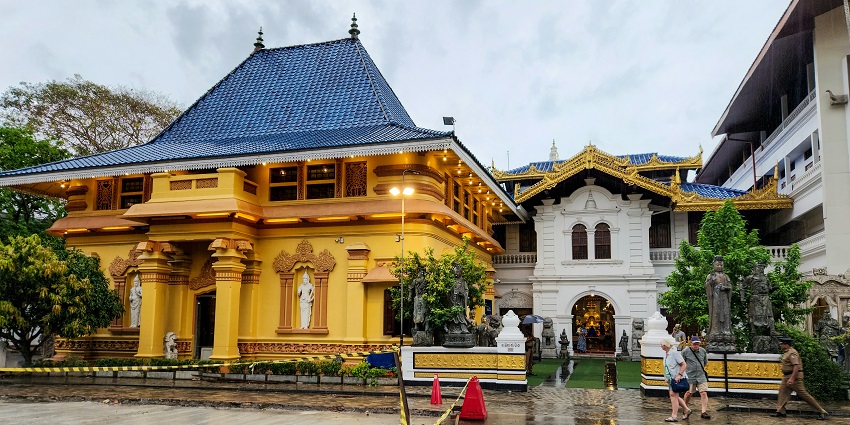
Photo: Zoshua Colah / Unsplash / Image For Representation Only
An architectural gem designed by Gustave Eiffel, Palacio de Ferro highlights European influence in Angola’s history. The intricate iron framework and ornate detailing make it a fascinating site for architecture enthusiasts. Originally shipped to Africa in the late 19th century, the building now serves as an artistic hub, showcasing local talent through exhibitions and cultural programs. Restoration efforts have preserved its structural integrity, ensuring visitors can appreciate its unique craftsmanship.
Timings: 10 AM – 5 PM
Entry Fee: ₹400 / 1600 AOA
4. Miradouro Da Lua
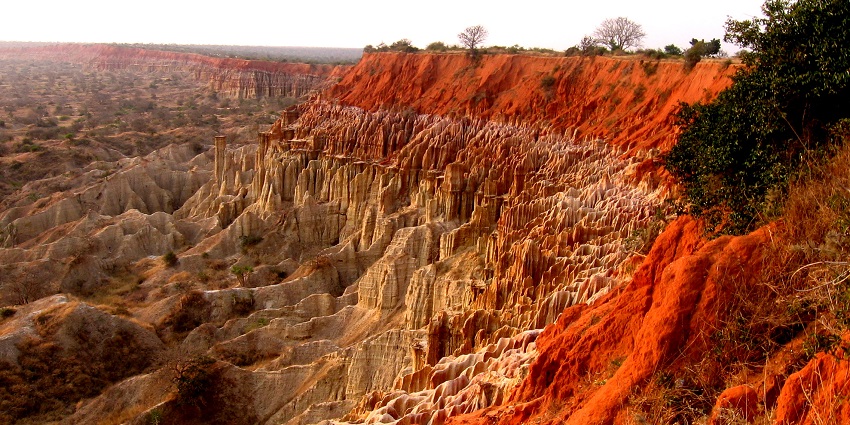
Photo: Paulo César Santos / Wikimedia Commons
Miradouro da Lua is a geological wonder shaped over centuries by erosion, creating a visually striking environment. The rugged cliffs and layered rock formations give the area a distinct appearance, making it a sought-after location for photography. The colours of the terrain shift depending on the time of day, adding to its allure. Visitors often stop by en route to coastal destinations, taking in the vast, open surroundings.
Timings: Open 24 hours
Entry Fee: Free
5. Ilha do Mussulo
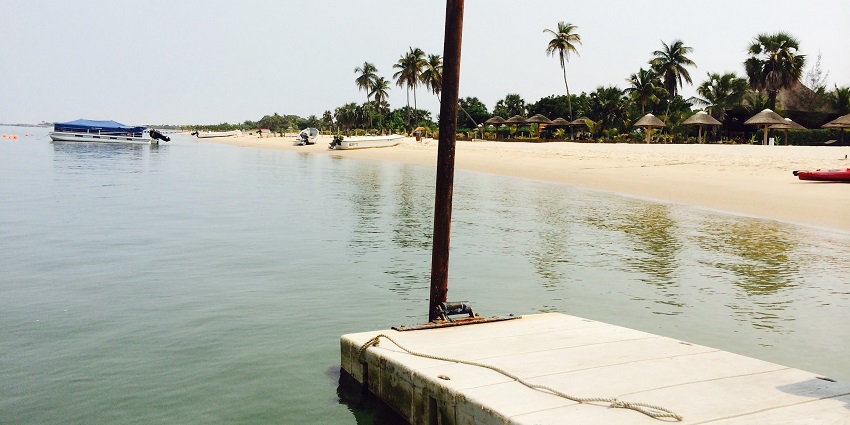
Photo: Ilenekrall / Wikimedia Commons
A short boat ride from Luanda, Ilha do Mussulo is a retreat known for its sandy shores and inviting waters. The island’s calm sea conditions make it ideal for swimming and kayaking. Along the coastline, restaurants serve freshly prepared seafood, offering a taste of local flavors. Visitors can relax in beachside lodges or take part in activities such as jet skiing. The island is popular among locals and tourists seeking a break from urban surroundings, providing a setting for leisure and water-based adventures.
Timings: Open 24 hours
Entry Fee: Free
Where To Stay

Photo: Max Vakhtbovycn / Pexels / Image For Representation Only
Accommodation in this city varies from luxurious hotels with international amenities to budget-friendly guesthouses. High-end hotels offer spacious rooms, fine dining, and wellness facilities, while guesthouses provide a homely, local experience. For convenience, many choose accommodations near business districts and shopping areas. Alternatively, coastal stays offer access to seafood restaurants and leisure activities. Many hotels cater to both short- and long-term visitors, suiting various travel requirements.
Where To Eat
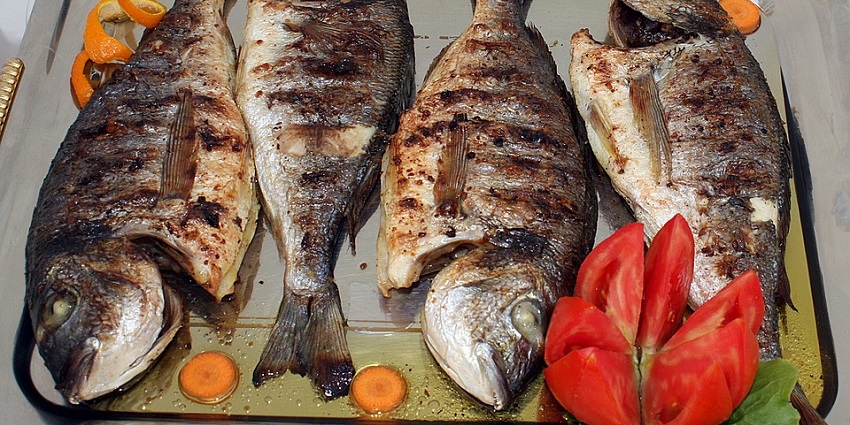
Photo: pompi / Wikimedia Commons / Image For Representation Only
Luanda’s culinary scene blends traditional and international cuisines. Fresh seafood, including grilled fish and prawns, is a highlight at many waterfront restaurants. Angolan dishes like moamba de galinha and calulu are commonly served, offering an authentic taste. Upscale eateries offer gourmet takes on local fare, while street vendors provide quick, affordable meals. With diverse dining options, there’s something for every palate, ensuring a flavourful experience for all visitors.
Best Time To Visit
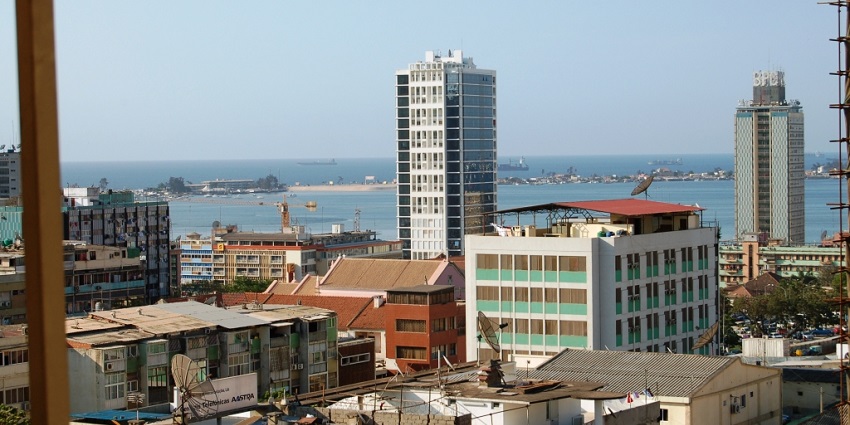
Photo: oneVillage Initiative / Wikimedia Commons
The best time to visit Luanda is during the dry season, from May to October. The weather is more comfortable, with lower humidity and moderate temperatures, perfect for outdoor activities. Visitors can enjoy historical sites, beaches, and nature reserves without the disruption of heavy rainfall. From November to April, the wet season brings occasional showers, which can affect travel plans. It’s important to consider weather patterns for optimal outdoor experiences.
Other Factors To Consider
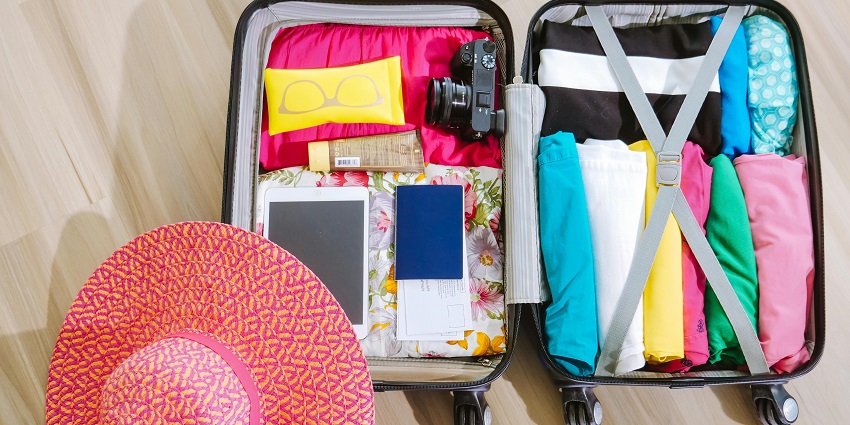
Photo: Kindel Media / Wikimedia Commons / Image For Representation Only
Average Cost Of The Trip: A week-long trip to Luanda usually costs between ₹50,000 – 80,000 / 200,000 – 320,000 AOA per person. This estimate includes accommodation, local transport, meals, and entry fees. Luxury options raise costs, while budget travellers can opt for guesthouses and local restaurants. Transport prices vary based on taxis or rentals. Pre-planning helps manage expenses for a comfortable stay.
Tips For Travellers:
- Carry cash, as some places do not accept credit cards.
- Learn basic Portuguese phrases for easier communication.
- Use registered taxis for safe transportation.
- Pack light clothing suitable for warm weather.
Luanda blends history, culture, and coastal charm. Colonial-era buildings reflect its Portuguese past, while bustling markets showcase handmade crafts and traditional foods. Along the coast, sandy beaches invite locals and visitors to relax and socialise. Exploring these aspects offers insight into Angola’s vibrant capital. Plan your trip with TripXL for a smooth and enriching travel experience.
Cover Photo: David Stanley / Wikimedia Commons


 WhatsApp
WhatsApp
 Twitter
Twitter









